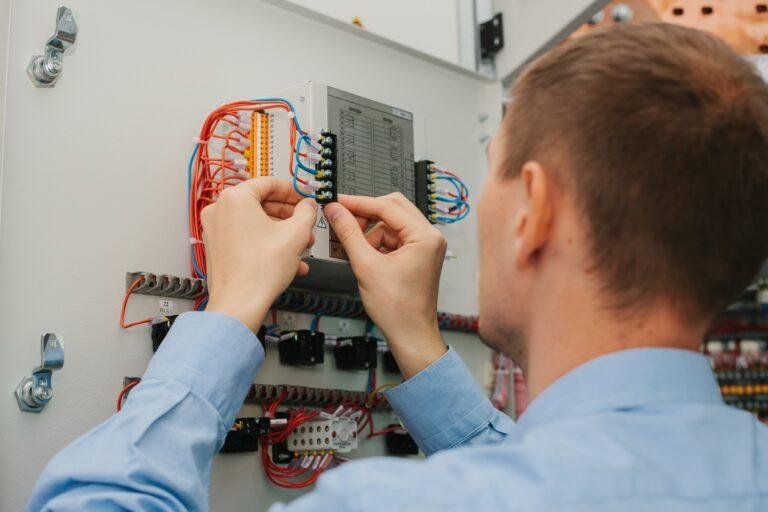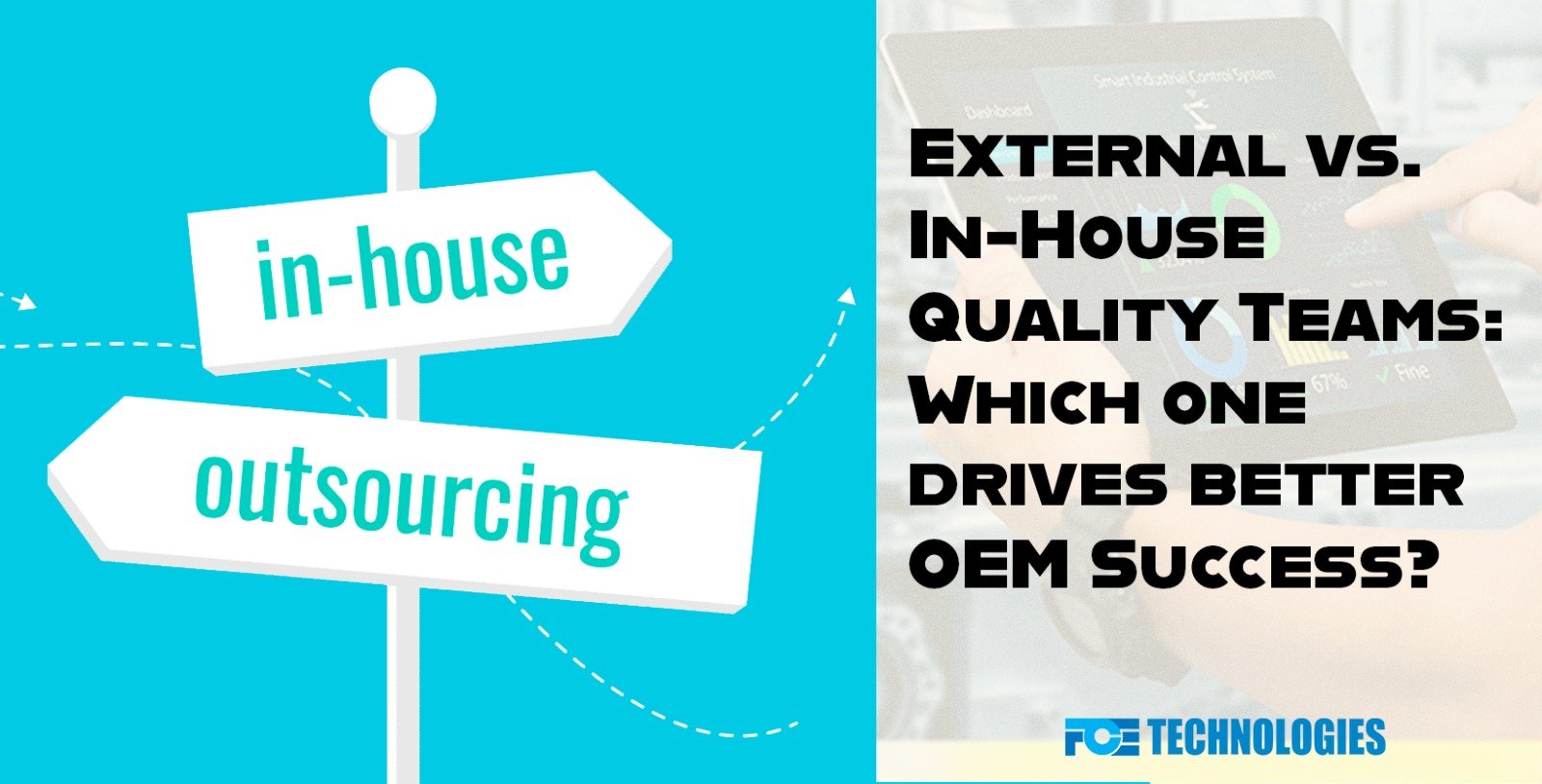Low Voltage Wiring
Low voltage wiring is a vital part of structured cabling systems. Many products require this type of power to operate properly, such as telecommunications systems, security systems, and building automation. Low voltage wiring must be installed in accordance with manufacturers’ guidelines, or there can be serious safety issues involved.
Safest Way to Install Low Voltage Wiring
The safest way to install low voltage wiring is to hire a professional electrician to do it. The process is incredibly complex and dangerous to perform yourself, and you don’t want to risk damaging appliances or damaging the wiring. In addition, low voltage wiring needs to be installed in areas where it won’t be pulled, and it should be protected from up to 25 pounds of pull. Lastly, the installation should be done with airflow and cooling in mind.
Why Should you Install Low Voltage Wiring
Low voltage wiring is essential to keeping communication systems up and running in a modern commercial setting. These wires are responsible for powering phone outlets, fiber optics, and wireless systems. These technologies are the lifeblood of the modern commercial setting. In addition to telephones, low voltage wiring is also used for Wi-Fi networks. Low voltage wiring is a growing trend in commercial buildings. It can power smart devices, security systems, and thermostats. It also makes it easy to add connections as your business grows. However, it is important to hire a professional who has the training and experience to properly install low voltage wiring in a building.
Cost-efficient Wiring
Low voltage wiring can be installed inside or outside buildings. One type is called MC wiring, and it features steel messenger wire and aluminum interlocking armor. It is a popular choice because it is lightweight and cost-efficient. It is used in buildings where power devices are commonly used. Commercial buildings have different kinds of electrical wiring compared to residential homes. The wiring in commercial buildings must be organized in a way that meets the needs of different types of equipment. For example, office equipment may require different wiring than a warehouse or heavy machinery. Ultimately, the main consideration is safety.







